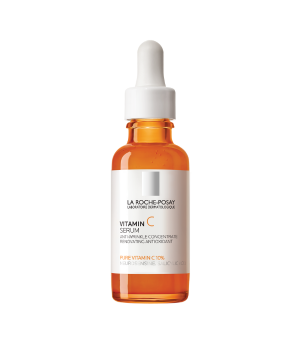Neurosensine
TYPE OF INGREDIENT
Skin soother, anti-aging
COMMONLY FOUND IN
Serums, gels, moisturizer
WHAT ARE THE BENEFITS OF NEUROSENSINE?
Neurosensine has been shown to decrease erythema, irritation and pruritus, particularly in patients with periorbital eczema. It has also been used to reduce skin reactivity in combination with other agents for rosacea-prone skin, where it is thought to prolong the effects of other anti-rosacea medications. In one study, it was shown to alleviate capsaicin-induced burning in cosmetic formulations.
WHAT IS NEUROSENSINE?
Neurosensine is a synthesized molecule made of a dipeptide (arginine, tyrosine) and acetic acid, also called acetyl dipeptide-1 cetyl ester. It has anti-aging properties and skin-soothing properties, for which it is used in combinations for relief of itching or burning associated with skin pathologies.

IS NEUROSENSINE SAFE FOR ALL SKIN TYPES AND TONES?
Neurosensine is likely safe for all skin types and tones based on available data.
CONTRAINDICATIONS
There is minimal data on contraindications for the topical application of neurosensine.
Sources:
Schoelermann AM, Jung KA, Buck B, Grönniger E, Conzelmann S. Comparison of skin calming effects of cosmetic products containing 4-t-butylcyclohexanol or acetyl dipeptide-1 cetyl ester on capsaicin-induced facial stinging in volunteers with sensitive skin. J Eur Acad Dermatol Venereol. 2016;30 Suppl 1:18-20.
Seite S, Benech F, Berdah S, et al. Management of rosacea-prone skin: evaluation of a skincare product containing Ambophenol, Neurosensine, and La Roche-Posay Thermal spring water as monotherapy or adjunctive therapy. J Drugs Dermatol. 2013;12(8):920-924.
Tan J, Demessant A, Le Dantec G, Le Floc’h C, Kerob D. Tolerance and Efficacy of a Dermocosmetic Containing Neurosensine® in Subjects with Eyelid Eczema. Clin Cosmet Investig Dermatol. 2023;16:161-165. Published 2023 Jan 20.






